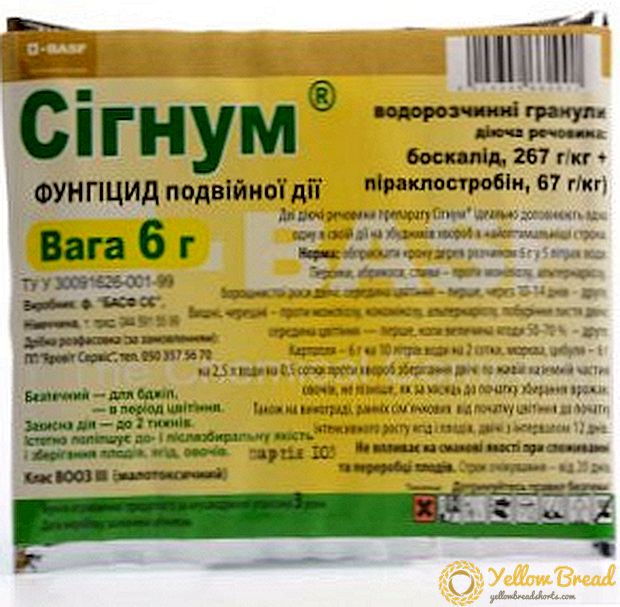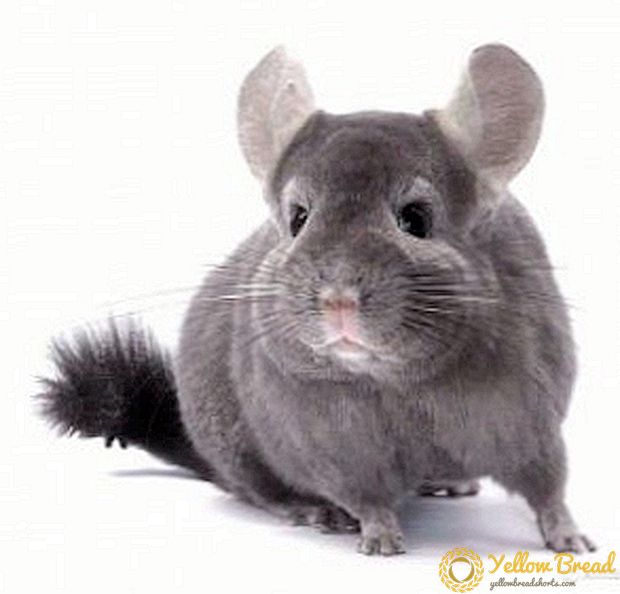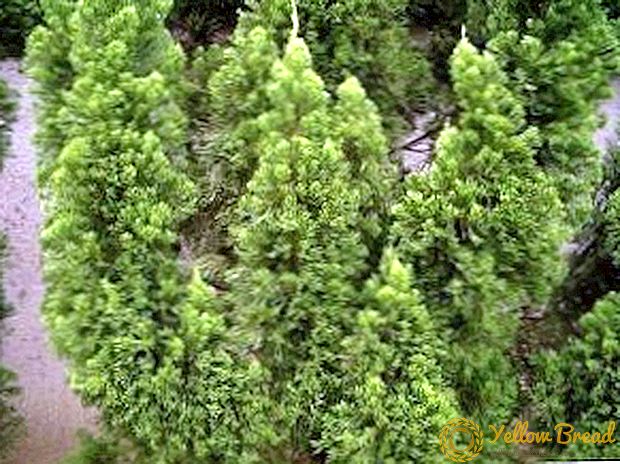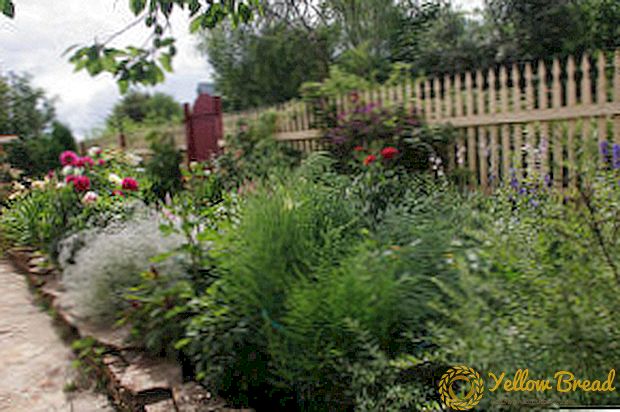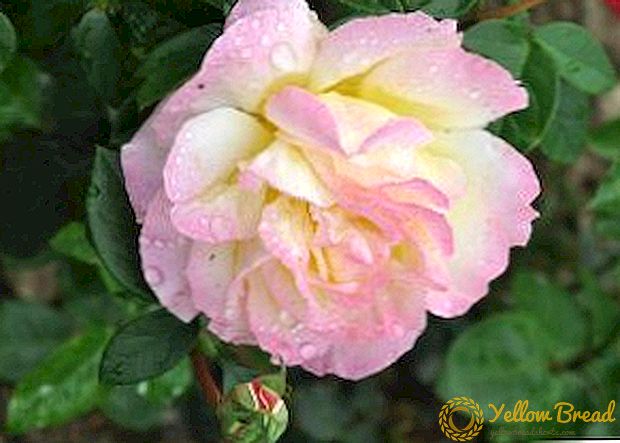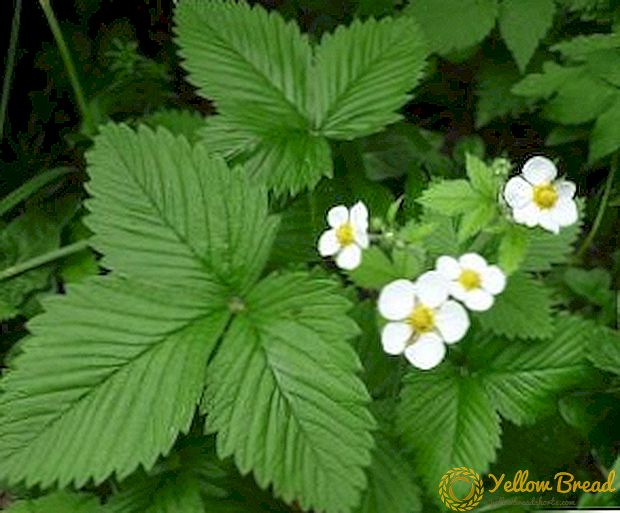 Many gardeners and gardeners prefer to use natural fertilizers, especially those that can be prepared at home from improvised means. Eggshell is used as a natural fertilizer for a vegetable garden or garden, and then we will get acquainted with the manufacture and use of such top dressing.
Many gardeners and gardeners prefer to use natural fertilizers, especially those that can be prepared at home from improvised means. Eggshell is used as a natural fertilizer for a vegetable garden or garden, and then we will get acquainted with the manufacture and use of such top dressing.
- The composition and beneficial properties of eggshell
- What crops are suitable fertilizer
- Gardening
- Room
- Garden
- What plants can be harmed
- Cooking feeding
- Shell billet
- Fertilizer manufacturing
- Storage rules
The composition and beneficial properties of eggshell
Eggshell as a fertilizer has been used for a very long time. The egg shell mainly consists of calcium carbonate (about 95%), this compound improves the growth of the aerial part of the plant, improves the processes of photosynthesis and metabolism, and improves seed germination.  But besides carbonate, the composition of the shell includes iron, copper, phosphorus, potassium, zinc, fluorine, selenium and other useful substances.
But besides carbonate, the composition of the shell includes iron, copper, phosphorus, potassium, zinc, fluorine, selenium and other useful substances.
What crops are suitable fertilizer
Eggshell as a fertilizer can be used in pure form or as an infusion. But the method depends on the culture for which you are going to apply fertilizing.
Gardening
The infusion of the shell is used to germinate seedlings of solanaceous, cruciferous, different varieties of pepper, but the abuse of fertilizer can only harm young plants. Infusion is also used for adult plants.  The crushed shells are added to the wells when planting onions, potatoes, carrots, such feeding will help not only to saturate the crops with useful substances, but also to protect them from underground pests. She also sprinkled vegetables on top to protect against slugs.
The crushed shells are added to the wells when planting onions, potatoes, carrots, such feeding will help not only to saturate the crops with useful substances, but also to protect them from underground pests. She also sprinkled vegetables on top to protect against slugs.
Room
As shown, to use the shell as a fertilizer for indoor flowers is best in the form of infusion. It should be applied no more than in one or two weeks. Watering need to moisten the soil.  In addition to this method, the egg shell is used as a drainage (layer up to 2 cm) and impurities in the substrate, but in very small quantities, not more than one third of a teaspoon per pot.
In addition to this method, the egg shell is used as a drainage (layer up to 2 cm) and impurities in the substrate, but in very small quantities, not more than one third of a teaspoon per pot.
Garden
The infusion is equally useful for most garden plants, but experienced gardeners use it in combination with mineral fertilizers, which increase the acidity level of the soil, and the shell contributes to its decrease.  The use of powder prevents the appearance of black legs on flowers.
The use of powder prevents the appearance of black legs on flowers.
What plants can be harmed
Before you use the eggshell as fertilizer, you need to decide for which plants it is not suitable.
Excess calcium can cause a lot of disease in house flowers, especially gloxinia, violets, azaleas, hydrangeas, gardenias, camellias, and pelargonium, as these plants prefer acidic soil.  It is also impossible to add grinding in the hole to such plants as cucumbers, strawberries, cabbage, beans, spinach.
It is also impossible to add grinding in the hole to such plants as cucumbers, strawberries, cabbage, beans, spinach.
Cooking feeding
The preparation of the fertilizer process is very easy - not expensive and not laborious, it can be done even by novice gardeners and gardeners.
Shell billet
Preparation of raw materials is probably the most important stage in the preparation of fertilizers; how long you can store the feed will depend on it. It is best to use fresh homemade eggs, but in the extreme case, boiled ones are also suitable.  Eggs should be emptied of the entire contents and washed from the inside, so that there are no protein particles that can fade, and then the shells will have to be thrown away. Then they are dried in the oven or in another place until that stage, until the shell becomes brittle.
Eggs should be emptied of the entire contents and washed from the inside, so that there are no protein particles that can fade, and then the shells will have to be thrown away. Then they are dried in the oven or in another place until that stage, until the shell becomes brittle.
Fertilizer manufacturing
Grinding raw materials are best for feeding - you can grind it through a meat grinder, a coffee grinder, a blender, etc., but as a result you should have a homogeneous mass, similar to powder.
It is this powder and is used for infusion, sprinkling of plants and added to the wells. Large fragments are used only for drainage of indoor plants.  Universal infusion can be prepared as follows: powder from five eggs is poured into a large jar and poured with three liters of boiling water, the resulting mixture is infused for about a week before the appearance of an unpleasant odor and turbidity. When using this infusion diluted in a ratio of 1 liter of infusion to 3 liters of water.
Universal infusion can be prepared as follows: powder from five eggs is poured into a large jar and poured with three liters of boiling water, the resulting mixture is infused for about a week before the appearance of an unpleasant odor and turbidity. When using this infusion diluted in a ratio of 1 liter of infusion to 3 liters of water.
Storage rules
The rules of storage are completely dependent on how accurately the rules of procurement were.
If the shell is protein-free and well-dried, it will not emit a stench, and it can be placed in a cardboard box and stored in a dry, cool place.  Under such conditions, it can be stored without loss of useful qualities for up to a year.
Under such conditions, it can be stored without loss of useful qualities for up to a year.
Although the shell has a large number of useful properties, it can also hurt, so before applying this fertilizer, make sure that it is suitable for your plants.

